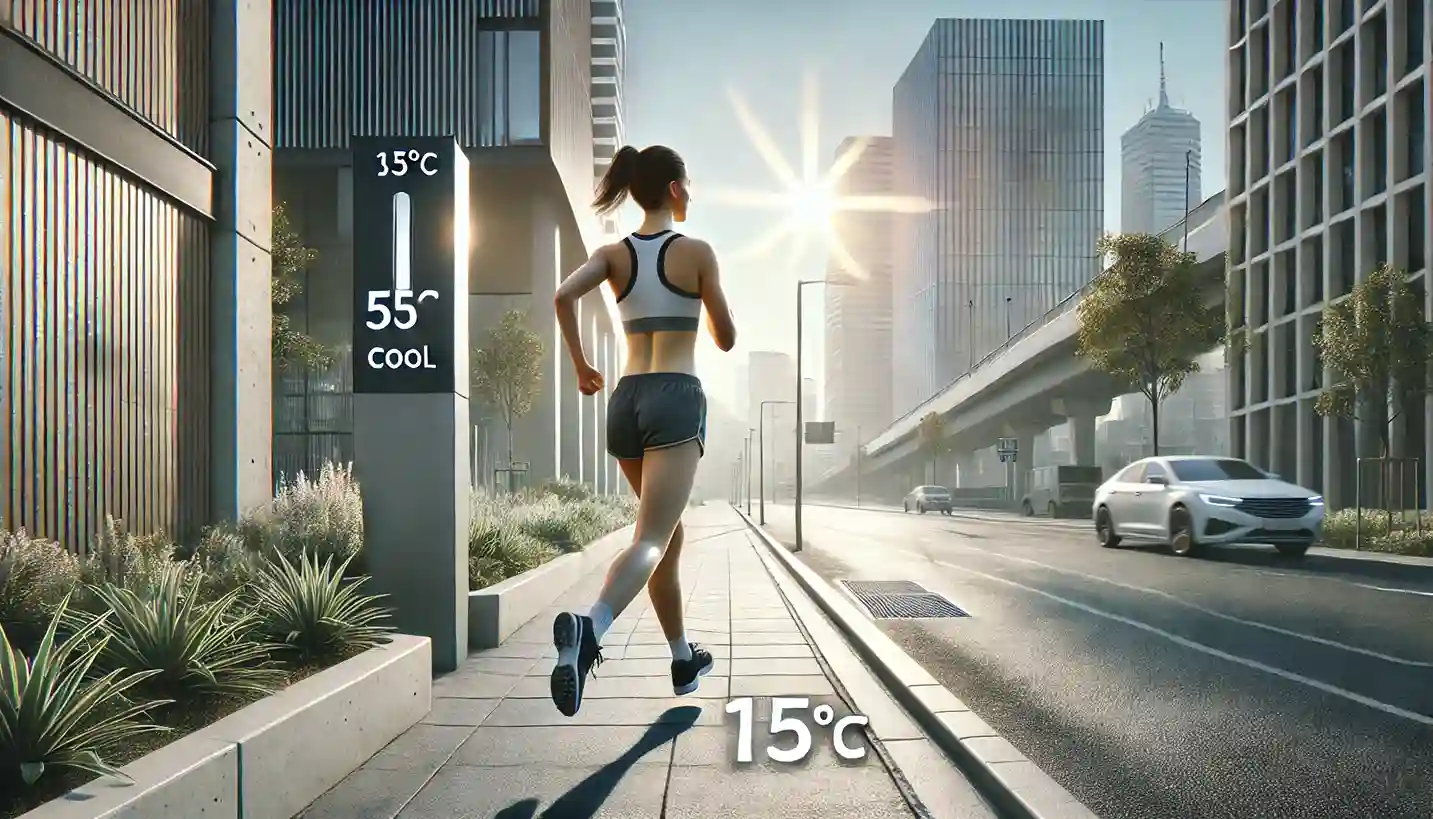Cooling down is the final part of a workout that includes low-intensity exercises and additional activities. It performs a recreational function and aims to restore the body after exercise, particularly normalizing the pulse and breathing. It’s worth noting that a cool-down’s immune and cardiovascular benefits are short-term.
While it can help prevent a decrease in the number of leukocytes in the blood, a sign of a weakened immune system, scientists have not established a direct link with the risk of illness.
After training, the heart rate indicators can be restored through exercises and passive rest—a cool-down will do it faster.
The psychological benefits of a cool-down are subjective and require further study. While many athletes report feeling better and more relaxed after a cool-down, this assessment is personal. Each individual must evaluate the benefits of additional exercises at the end of a workout.
How to Cool Down?

There is no universal cool-down program. It depends on the training that precedes it and personal preferences – it is worth choosing exercises that the athlete himself likes.
As a rule, low-intensity cardio is used in the final part of the session. Cool-down time. The final part should last at most 30 minutes. During this time, the body will have time to adjust to a calm pace, and the athlete will not overtire himself.
Walking and Jogging
Low-intensity cardio is the main part of the cool-down. Athletes often use jogging, brisk walking, cycling, or swimming, but any other type of activity will do—the main thing is that it involves the same muscles as the workout.
With a gradual decrease in intensity, you need to switch to jogging;
After 2-5 minutes, light jogging is replaced by a fast walk, the speed of which should gradually decrease. This should be done until the heart rate readings return to normal. After this, you can stop completely.
During the cool-down, pulse jumps are not excluded. This is considered normal; the body returns to its usual state. A running watch helps you track your pulse, pace, speed, and other equally important body indicators.
This type of cool-down is necessary after a long, high-intensity workout, such as a HIIT workout or a high-speed run.
Myofascial Releasing
Myofascial release, or MFR, is a self-massage technique using foam rolls and balls. MFR can help the body recover after exercise, but its effect is short-term and does not provide noticeable benefits in the long term.
Nevertheless, myofascial release is a pleasant process. If desired and there are no contraindications, you can include it in your cool-down program, setting aside 5-10 minutes.
Notes: Contraindications to MFR
- Varicose veins
- Thrombophlebitis
- Oncological diseases
- Skin lesions and open wounds
- Diseases in the acute period
- Pregnancy
When performing myofascial release, it is worth following the following rules:
- Move smoothly without jerking.
- Breathing should be measured and deep.
- Pressure on the trigger point should be increased gradually.
- Avoid impact on “forbidden” zones: lower back, joints, mammary glands, and areas of lymph node accumulation—groin, armpits, and popliteal area.
Dynamic Stretching
Some athletes and coaches believe stretching after a workout reduces muscle pain and helps the body recover, but research does not support this.
Static stretching in a cool-down is reasonable if the athlete enjoys it and helps them relax. It is important not to turn the cool-down into a full-fledged stretching workout: 5-10 minutes is enough. Stretching should be pleasant and not cause pain.
Stretching exercises are recommended to target the following muscle groups:
Hip biceps
This particular muscle is heavily loaded during running, so it needs to be relaxed. Otherwise, excessive loads can cause injuries and discomfort in the knee and back.
Quadriceps
The muscle is located in the front and subject to heavy loads. Its overstrain can cause knee problems.
All muscles surrounding the thigh
Foot muscles and calf muscles. If they do not rest and recover properly, the likelihood of inflammatory processes increases.
Benefits of Cooldowns

Delayed Onset Muscle Soreness (DOMS)
Have you ever noticed that the most intense soreness from a workout often occurs two days after exercising? This delayed discomfort is known as delayed onset muscle soreness (DOMS).
It results from microtears in your muscle fibers, causing pain 24 to 48 hours after your workout. Research indicates that aerobic cooldowns can help reduce DOMS by increasing circulation and facilitating the removal of waste products from exercised muscles.
A heated blanket after your cooldown can enhance circulation and aid muscle recovery.
Recovery
Lactic acid can build up in the body, especially after an intense workout. To help clear this acid, engaging in 10 minutes of light exercise (such as walking) coupled with static stretching can help “buffer” it out.
This process prepares your body for your next physical activity, speeding up recovery compared to skipping a cooldown.
Increases Flexibility
When your muscles are warm after exercise, it’s an ideal time to stretch, as warmed-up muscles can bend further than usual.




